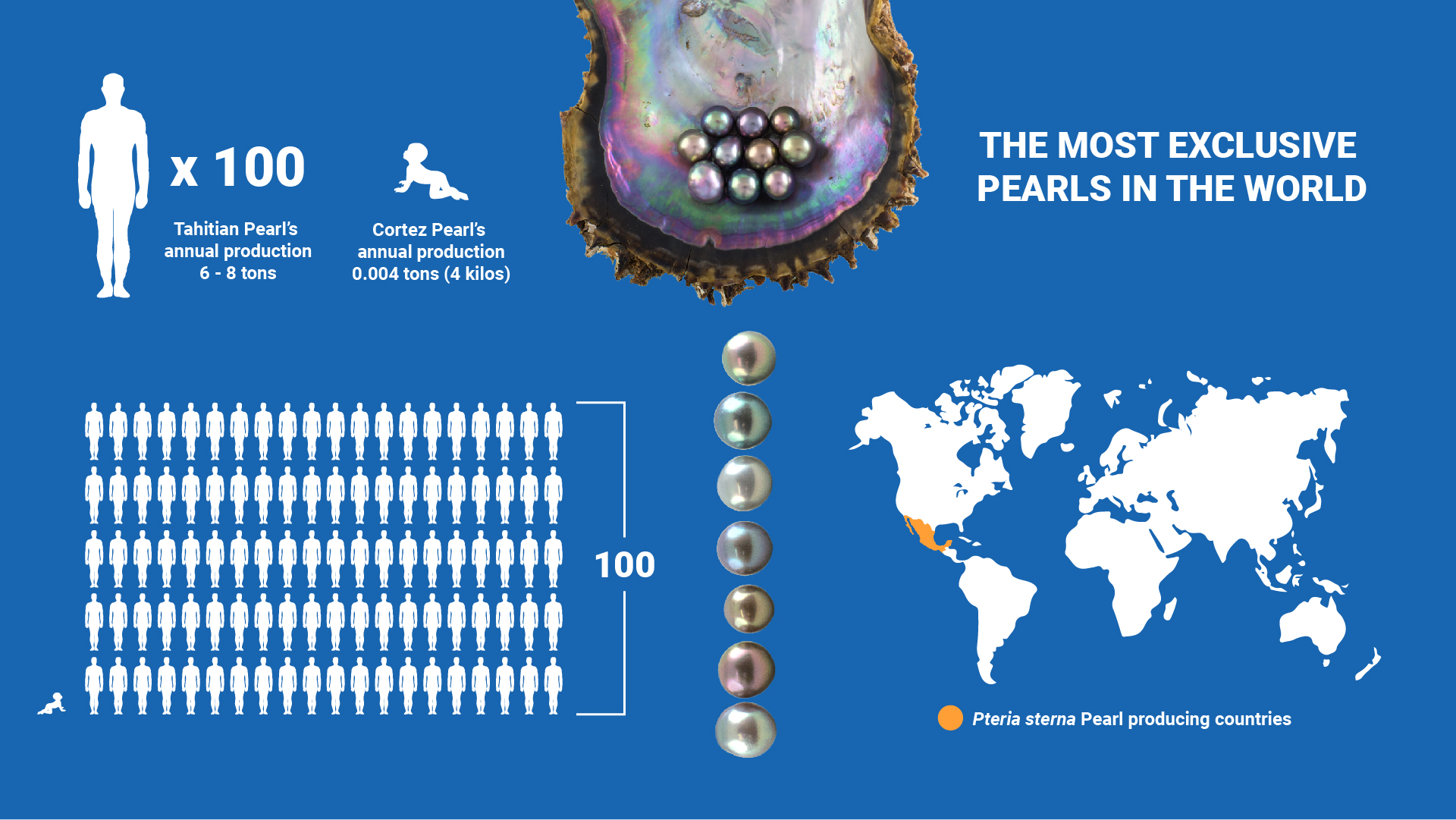Pearls from shellfish other than Pearl Oysters
1. Escarlopa o almeja burra / Purplelip rock oyster / Spondylus calcifer / familia Spondylidae.
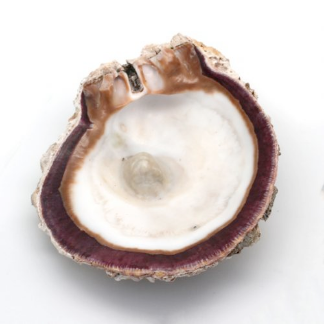
The Purplelip rock oyster, Spondylus calcifer, is fished mainly for its meat. Its pearls may be very interesting because they can have that intense purple color seen on the inside edge of the shell.
In the shell that is on display we can see a mound in the center of the inside of the shell; it is because of the defensive response that this clam made after suffering a perforation attack. Like all bivalves, they have two shells or valves, the lower valve is always cemented to a rock.

2. Almeja generosa / Pacific geoduck clam / Panopea generosa / familia Hiatellidae.
The Pacific geoduck clam is easy to recognize because of its big size and the two shells that do not close completely. It cannot shut completely because it lives buried and its siphon is too large to completely retract it.
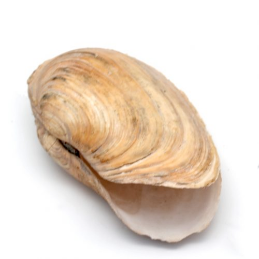
3. Escalopa mano de león / Lion paw / Nodipecten subnudosus / familia Pectinidae.
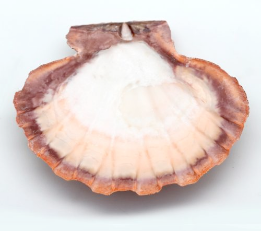
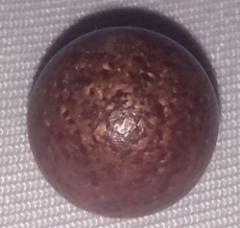
Look at the following picture of a lion paw pearl with a very attractive mosaic pattern.
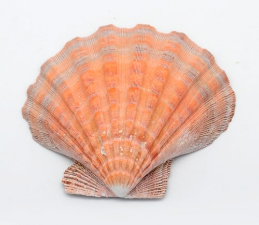
Nodipecten subnudosus, the lion paw is the largest of the scallops in the Sea of Cortez, the shells in exhibition come from Baja California, in Sonora they are usually smaller. For a long time it was known as Lyropecten subnudosus. They can yield purple or orange pearls which are very attractive.
4. Almeja amarilla gigante / Giant Pacific egg cockle / Laevicardium elatum / familia Cardiidae.
The name of the family of cockles is Cardiidae, making a reference to its heart shape when both shells are seen from the side. Cardio comes from the greek kardia meaning heart.
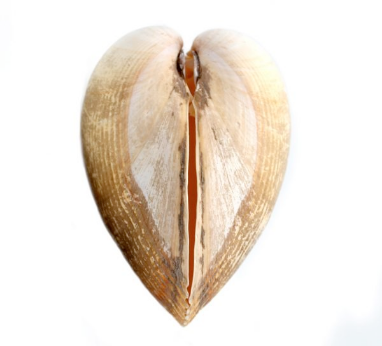

5. Mejillón choro / Capax horse mussel / Modiolus capax / familia Mytilidae
Modiolus capax is a very common mussel in the Sonoran coasts. There are other mussels, in other parts of the world, which are grown on a commercial level, whose pearls can have purple or green hues depending on the species, you can guess by simply seeing the color of the inside of the shell.
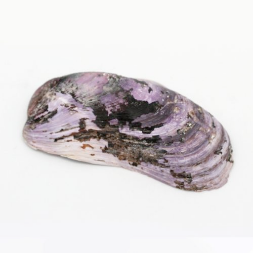
6. Oliva veteada / Tent olive / Oliva porphyria / familia Olividae
Olive shells are much appreciated by collectors because of the beautiful patterns of lines on their surface. A pearl from this snail which exhibited those decorative lines would be a very interesting collector’s item.
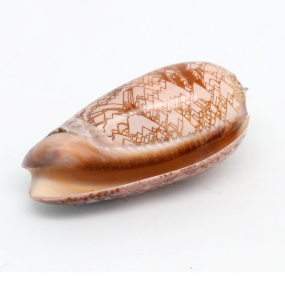
7. Callo de hacha con mabe / Pen shell with mabe pearl / Pinna rugosa / familia Pinnidae
Pen shell pearls are among the least valuable there are, because they present spontaneous cracks very often, this is because their deposition of nacre is not in an overlapping manner like it happens with pearl oysters. Instead, when there is nacre it grows in a columnar way, that is, each aragonite crystal is exactly above another aragonite crystal of the lower layer. The resulting columns are easily separated. Can you see the crack that are present both in the Mabe and the shell? The shell in display is the result of implant experiments we did in the nineties.
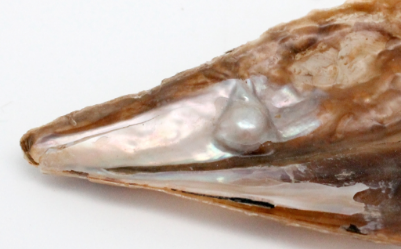
8. Callo de hacha con collar Seri / Woven pen shell with Seri necklace / Atrina texta / familia Pinnidae
The center of this Seri necklace is a natural Mabe of pen shell that was cut from the shell and backed with black coral.
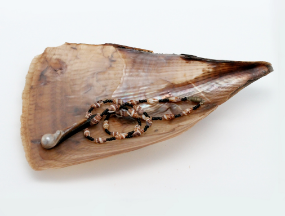
9. Caracola reina / Queen conch / Lobatus gigas / familia Strombidae.
The conch is found in the Caribbean, it is a species of commercial importance for its meat, its shell and its pearls. The name Strombus gigas was used for many years, now it is not the official one but only a synonym. In the interior of the shell there is a natural pearl of beige color The conch pearls are more valuable when they have a deep and intense red color or when they have an optical effect called fire in which a pattern of lines on the surface of the pearl is distinguished. Look at the following picture of a conch pearl with fire, it is from our friends at Pacific Coast Pearls whom deal with natural pearls, read more about this kind of pearls here
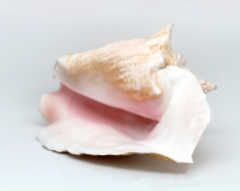
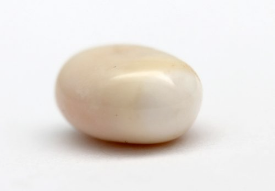
10. Caracol panocha / Turban snail / Megastrea sp. / familia Turbinidae.
It can be Megastrea undosa or M. turbanica. They are fished in the west coast of Baja California (the Pacific Ocean side), this specimen comes from Isla Cedros, courtesy of Edgar Rodríguez. Usually the outside of the shell is are brown, nacre is only revealed after polishing the shell.
11. Caracol turbo / Wavy turban snail / Turbo fluctuosus / familia Turbinidae.
This snail has nacre but we need to polish it so that we can reveal it. We will use it to show you how are some fake-pearls made.
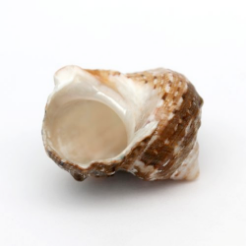
We marked the shell to indicate the area that is going to be polished and cut.
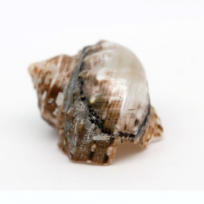
This is the final product.
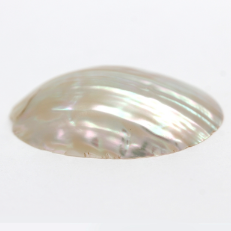
The interior is filled with resin.
12. Almeja reina / Many-rigged venus / Periglypta multicostata / familia Veneridae.
The value of the clam pearls depends on the intensity of the color. White clam pearls are worthless unless they have some distinguishing feature, instead this pearl on display already has a bit of a pink color that makes it special.
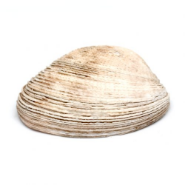
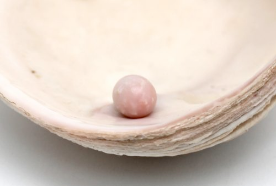
This pearl is in exhibition at the farm in Guaymas, it was found by Don Trini.
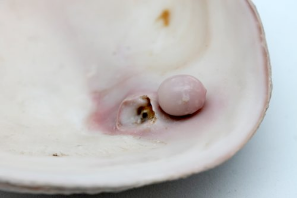
The hole is evidence of the attack of a predator or parasite, it is noteworthy that only the affected area has the pink color, the rest of the shell is white.




